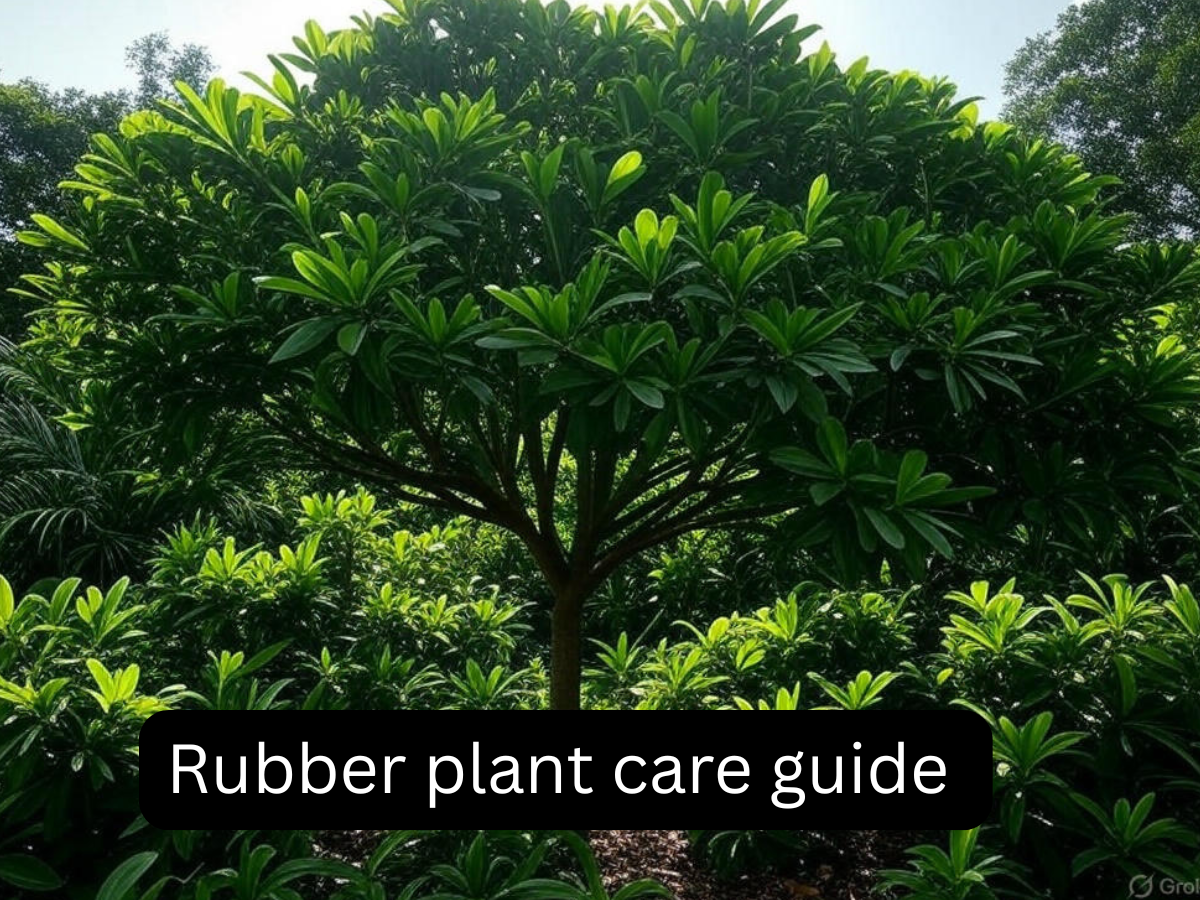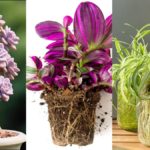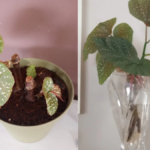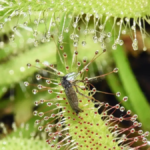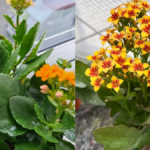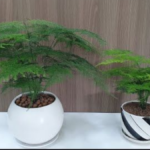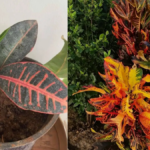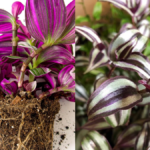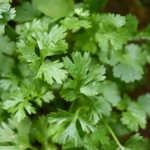The Rubber Plant Care Guide is one of the most stylish and low-maintenance indoor plants you can have at home. With its glossy, broad leaves and air-purifying qualities, it’s perfect for anyone looking to add a touch of greenery without too much fuss. Whether you’re a beginner or an experienced plant lover, this plant is a gem.
I’ve been passionate about plants since childhood, growing up in a farmer family where gardening was more than just a hobby—it was part of daily life. Over the years, I’ve nurtured many plants, and rubber plants have always been a favorite for their beauty, strength, and how easily they adapt to indoor spaces. Let me walk you through the exact care steps based on real-life experience.
Table of Contents
Rubber Plant Care Tips
Here’s a quick overview to keep your rubber plant healthy and happy:
- Watering: Only water when the top soil feels dry. Too much water can lead to root rot.
- Soil: Choose a light, well-draining soil mix that doesn’t hold excess moisture.
- Sunlight: Place it in bright, indirect sunlight. Avoid direct harsh sun.
- Humidity & Temperature: It prefers warm and slightly humid environments.
- Fertilizer: Feed once a month during the growing season with a balanced fertilizer.
- Common Problems: Watch out for yellow leaves, drooping, or pests – they’re easy to fix with the right care.
Indoor Rubber Plant Care Guide
Bringing a rubber plant indoors is like adding a piece of nature’s calm to your home. It’s bold, beautiful
Over the years, I’ve kept rubber plants in different corners of my home—near windows, on shelves, even in my reading nook—and they always bring a peaceful, fresh vibe. If you’re planning to keep one indoors, here’s what’s worked for me:
- Find the right spot: Rubber plants love bright, indirect light. A few feet away from a sunny window works best. They don’t enjoy the harsh afternoon sun directly hitting their leaves.
- Keep it cozy, not cold: Avoid placing your plant near air conditioners, radiators, or breezy windows. They prefer warmth and stability.
- Wipe those leaves: Indoor dust builds up quickly. Gently wipe the leaves with a soft, damp cloth every week or two—it helps them breathe and shine.
- Don’t overpot: A snug pot with drainage holes is perfect. Too big, and the soil holds water for too long, which rubber plants dislike.
- Give it a turn: Rotate the pot every few days so all sides get their fair share of light and grow evenly.
- Style it up: I like pairing my rubber plant with snake plants or pothos—they all look great together and need similar care.
Watering the Rubber Tree Plant
Getting the watering right is one of the most important things for your rubber plant.
- Water only when the top 1–2 inches of soil feel dry. You can simply poke your finger in to check.
- Avoid overwatering at all costs—it’s the fastest way to damage the roots.
- In winters, the plant grows slower, so you can reduce how often you water.
- Always empty the drainage tray under your pot after watering.
Best Soil for Rubber Plant
Rubber plants love soil that breathes.
- Use a well-draining mix with potting soil, peat, and a bit of perlite or sand.
- The goal is to keep it airy so water can pass through without getting stuck.
- Avoid compact garden soil—it stays too wet and suffocates the roots.
- Refresh the top layer of soil once a year to keep it nutrient-rich.
Sunlight for Rubber Plant
Light plays a big role in how your plant looks and grows.
- Rubber plants love bright but indirect sunlight. A spot near a sunny window with a sheer curtain is ideal.
- Direct sunlight can burn the leaves, especially during hot afternoons.
- If your plant is leaning or growing unevenly, rotate the pot every few days.
- In low light, it can survive, but growth will be slow and leggy.
Humidity and Temperature
Rubber plants like the same climate we do—warm and slightly humid.
- Ideal temperature is between 18°C to 29°C.
- Keep the plant away from cold drafts, open windows in winter, and direct air from ACs.
- If the air in your home is too dry, lightly mist the leaves once or twice a week.
- You can also place a bowl of water nearby or use a humidifier if needed.
Fertilizing Rubber Plant
A little feeding goes a long way with rubber plants.
- Use a balanced liquid fertilizer (like 10-10-10) once a month in spring and summer.
- Don’t feed the plant in winter—it’s resting and doesn’t need extra nutrients.
- Over-fertilizing can harm the roots, so stick to the once-a-month rule.
- You can also add homemade compost or vermicompost for a natural boost.
Common Rubber Plant Problems and How to Fix Them
| Problem | Possible Cause | Simple Solution |
|---|---|---|
| Yellowing Leaves | Overwatering or poor drainage | Let the soil dry out before watering. Check for good drainage. |
| Drooping Leaves | Underwatering or sudden temperature change | Water consistently and maintain a warm, stable environment. |
| Brown Leaf Edges | Low humidity or salt buildup | Mist the plant regularly and flush the soil occasionally. |
| Leaf Drop | Drafts or environmental stress | Keep the plant in one spot away from cold or heat vents. |
| Pest Attack (Spider Mites) | Dry air and dusty leaves | Clean leaves and spray with neem oil or insecticidal soap. |
FAQs – Rubber Plant Care Guide
How often should I water a rubber plant?
Water once the top 1–2 inches of soil feel dry. Avoid overwatering
Can a rubber plant survive in low light?
It can tolerate low light but grows best in bright, indirect sunlight.
Why are my rubber plant’s leaves turning yellow?
Usually due to overwatering or poor drainage. Let the soil dry out slightly.
How do I make my rubber plant bushier?
Prune the top stems and rotate the plant regularly for even growth
Conclusion
This rubber plant care guide shows that with just a little attention—right light, proper watering, and a cozy indoor spot—your rubber plant can thrive beautifully. It’s low-maintenance, stylish, and adds a peaceful vibe to any room.
For more simple and trusted plant tips, explore TakeCarePlant.com – your go-to for easy gardening
Read more Post
How to Take Care of Mint Plant & Grow It Indoors from Seeds – Easy Guide for Beginners
Best Pothos Plant Care Tips 2025 – Watering, Sunlight, Soil & Common Problems Solved
